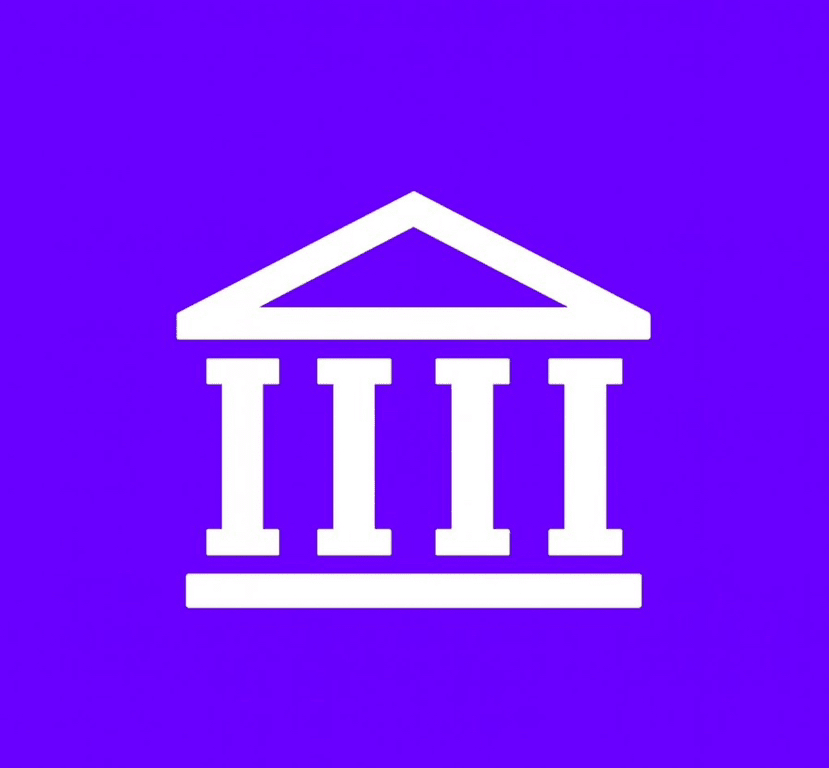 In the years since I entered the industry, I have heard too many 'grand narratives' of the Web3 sector — some are obsessed with creating a 'completely new public chain' to overturn the existing pattern, while others are addicted to 'technical gimmicks' chasing short-term popularity. My positioning from the beginning has always been to be a 'bridge builder': connecting Ethereum as the 'cornerstone of Web3' on one side, and linking developers, users, and traditional enterprises on the other, breaking down 'high barriers' into 'easy to use' and transforming 'technical concepts' into 'practical applications'.
In the years since I entered the industry, I have heard too many 'grand narratives' of the Web3 sector — some are obsessed with creating a 'completely new public chain' to overturn the existing pattern, while others are addicted to 'technical gimmicks' chasing short-term popularity. My positioning from the beginning has always been to be a 'bridge builder': connecting Ethereum as the 'cornerstone of Web3' on one side, and linking developers, users, and traditional enterprises on the other, breaking down 'high barriers' into 'easy to use' and transforming 'technical concepts' into 'practical applications'.
I still remember when we first started, Web3 was stuck in the dilemma of 'congestion and high prices'. As the core of the industry, Ethereum has unmatched decentralization and security, but with a transaction speed of just a few dozen per second and gas fees soaring to dozens of dollars at peak times, too many people were kept out: ordinary users struggled for a long time over transaction fees, and DApps that developers worked hard to create were forced to shut down due to high operational costs. Good ideas like NFT and DeFi became 'games for niche players'. At that time, I thought, rather than starting from scratch to create a new public chain, it would be better to help Ethereum address its 'performance shortcomings' — after all, for users, 'security' is always the top priority. What I aim to do is to improve efficiency and reduce costs without sacrificing security.
So I set the idea of 'collaboration rather than competition': treating the Ethereum main chain as a 'security base,' entrusting all key asset ownership and final transaction confirmations to it, thus ensuring that users' assets have the most reliable protection; while I focused on 'performance extension,' building sidechain channels adapted to different scenarios. In response to the daily needs of ordinary users, I launched a PoS sidechain, reducing gas fees to a few cents and increasing transaction speeds to thousands per second, allowing everyone to mint NFTs and transfer money without hesitation; addressing the professional needs of financial institutions, I refined the ZK-Rollup solution, using zero-knowledge proof technology to preserve transaction privacy while achieving processing speeds of tens of thousands per second, suitable for cross-border payments and compliant wealth management scenarios. Gradually, more and more developers came to me: Aave brought decentralized lending here, allowing ordinary people to manage their finances with low barriers; Uniswap opened a 'new store' here, and users no longer have to wait half a day to exchange assets. Watching my ecosystem gradually fill up with vibrant applications, I knew that the first step of the bridge had been successfully built.
Later, I realized that simply connecting Ethereum and applications wasn't enough; for Web3 to enter the lives of the masses, it had to break down the 'technical barriers.' Many people don't want to try; they just feel overwhelmed when they hear 'smart contracts' and 'cross-chain bridges.' So I began optimizing the user experience: simplifying the cross-chain process so users don't have to remember complex addresses, allowing them to transfer Ethereum assets to me with just a few clicks; collaborating with Instagram so that everyone can mint digital collectibles in a familiar social software without having to download unfamiliar wallets; helping Starbucks build the 'Odyssey' platform where users can exchange points earned from drinking coffee for digital rights, thus quietly integrating Web3 into daily life.
Later on, traditional enterprises also became curious about Web3, but they were afraid of 'technical complexity' and 'compliance risks,' hesitating to take steps. At this point, I gained another identity—'enterprise guide.' I helped Disney create a metaverse scene, enabling millions of users to participate in interactions at a low cost; assisted Nike in creating a virtual sneaker platform to achieve 'digital ownership,' extending brand value into the virtual world; helped Coca-Cola with digital collectible marketing to connect with young consumers. I don't talk to them about obscure technical terms; I just tell them what problems Web3 can solve for them and what value it can bring to their users. Slowly, more and more traditional enterprises entered Web3 through me, and the boundaries of the industry were gradually broken down.
Over the years, I've faced many challenges: the competition in the Layer 2 track has increased, with everyone competing in technology and ecosystems; as users and applications grow, the efficiency of asset transfer between different sidechains and the fairness of ecological governance also need constant optimization. But I have always stayed true to my original intention—I am not here to 'fight for first place'; I am here to 'fill the gaps.'
In the future, I will continue to be a 'bridge builder': upgrading technology in line with Ethereum's pace to better balance security and efficiency; extending the bridge to more scenarios, from digital collectibles and the metaverse to supply chain finance and decentralized identity; making the bridge smoother by introducing more no-code tools, allowing both entrepreneurs and ordinary people to easily step into Web3. I believe that the future of Web3 is not supported by a single 'giant,' but by countless 'bridges' connecting different circles, truly serving people with technology. This is me, Polygon, a bridge builder who works steadily amidst the Web3 wave. @Polygon
